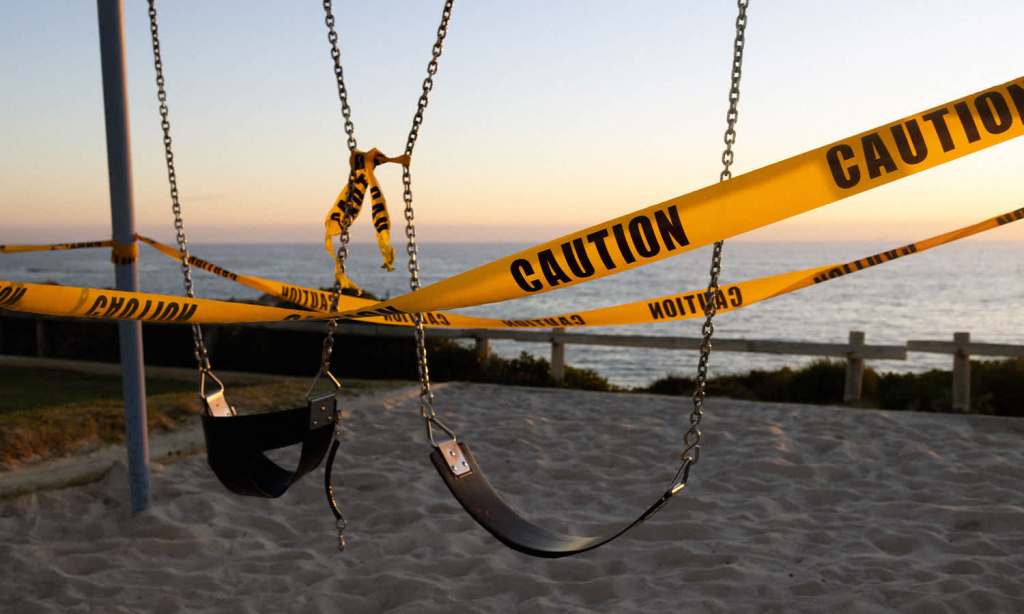The chimes of freedom are ringing clear across the nation as Australia crawls out from under the heavy but necessary rock of lockdown, ready to suck the juice from the life we’ve missed over the past two years.
However, as our freedoms are all but restored, the looming sense of impending doom hangs over us. We’ve been here before and residents of Sydney and Melbourne know all too well how quickly the rug of vertical consumption can be pulled from under our feet.
With cases across Australia on the rise, and, as we head into winter, expected to continue to rise along with other endemic diseases like flu and the common cold, it’s not at all guaranteed that COVID restrictions won’t have to be put back in place to protect community health.
NSW Premier Dominic Perrottet has previously warned that he will impose restrictions on his state if the health situation demands it. However, he is not exactly known for adhering to scientific advice, so who knows how likely this actually is to happen.
Here’s what we know so far about whether COVID restrictions will ever return and what would have to happen for them to be reinstated.
Will COVID Restrictions Return?
This all depends on a number of conditions; how high cases are, but, more importantly, how high hospitalisations and deaths are.
Daily case numbers in Australia are regularly touching 60,000. They’ve been gently climbing since late February, however, not all states are equal in distribution.
The main caseload comes from NSW, which makes up just under half of the active cases in the country. Western Australia has seen a spike, hitting 8,000, while South Australia is also reaching relatively high numbers, sitting at above 6,000.
However, hospitalisations, which are the more important figures, are also on the rise in conjunction with cases. Those in hospitals in NSW have increased by around 150, while VIC has also seen its numbers jump by 50. Those in ICU however have decreased and deaths remain fairly low.
There is no clear limit on how many hospitalisations and deaths the government will tolerate before restrictions are brought back in. Hospitals, particularly those in regional areas, are saying that they are dealing with serious overcrowding issues as mental health admissions, low staff numbers, and COVID cases fill up the wards. While this is worrying, it doesn’t appear to have rung any alarm bells in government just yet.
Experts have said that, despite the situation, they are hopeful for the near-term future as the COVID seven-day average seems to be slowing. While cases have been climbing steadily, it appears that they have hit a bit of a plateau in the past few weeks. This could be good news, as it suggests we may have reached the top of the latest wave of infections. If infections and hospitalisations remain stable or drop, it’s very unlikely we’ll see restrictions return.
Even if they did, it’s very unlikely that we would ever return to the dark days of lockdown, as a few adjustments, like mask-wearing and social distancing rules, would likely be enough to keep cases down to a manageable level.
What is the Government Planning?
The federal government has recently agreed upon a national winter illness plan to cover diseases like the flu, which has returned to Australia after being all but wiped out last year, as well as COVID.
They’re looking to spend $2.1 billion on supporting the healthcare system, focusing on at-risk populations, and boosting vaccine uptake in the coming months.
At the same time, they’re also looking to wind up PCR testing for healthy adults and remove isolation rules for household contacts.
The Australian Health Protection Principal Committee, the main advisory board to the government on health issues, has recommended against some of these changes until the latest COVID wave has peaked.
Once we’re over this hump, it’s likely we’ll see further repeal of restrictions, rather than more.
What Would Have to Happen for Restrictions to Return?
Basically, things going wrong.
Given we’re still riding the wave of the current case numbers, it’s a bit early to claim we’re in the clear. That being said, it doesn’t look like things are going to get dramatically worse in the short term.
Experts have said that a bad new variant would be the most likely factor to push governments back towards shutting things down.
Part of the government’s Winter plan involves preparing the healthcare system for the rise of new variants and getting governments in a position to act quickly if something bad did come along.
There are no guarantees that a more dangerous variant won’t come along, so we need to be prepared both mentally and institutionally for this to happen. Until that time, if it does ever come, any restrictions that did return are likely to be light-touch.
Read more stories from The Latch and subscribe to our email newsletter.







